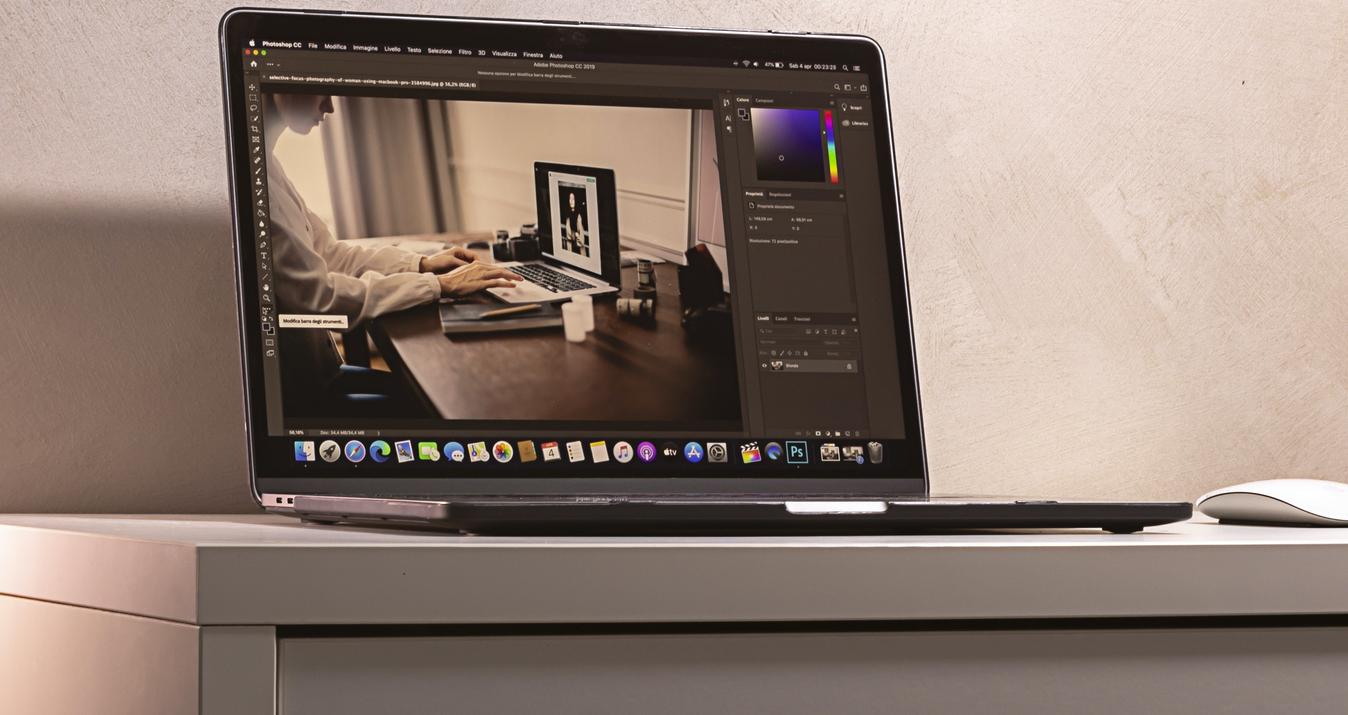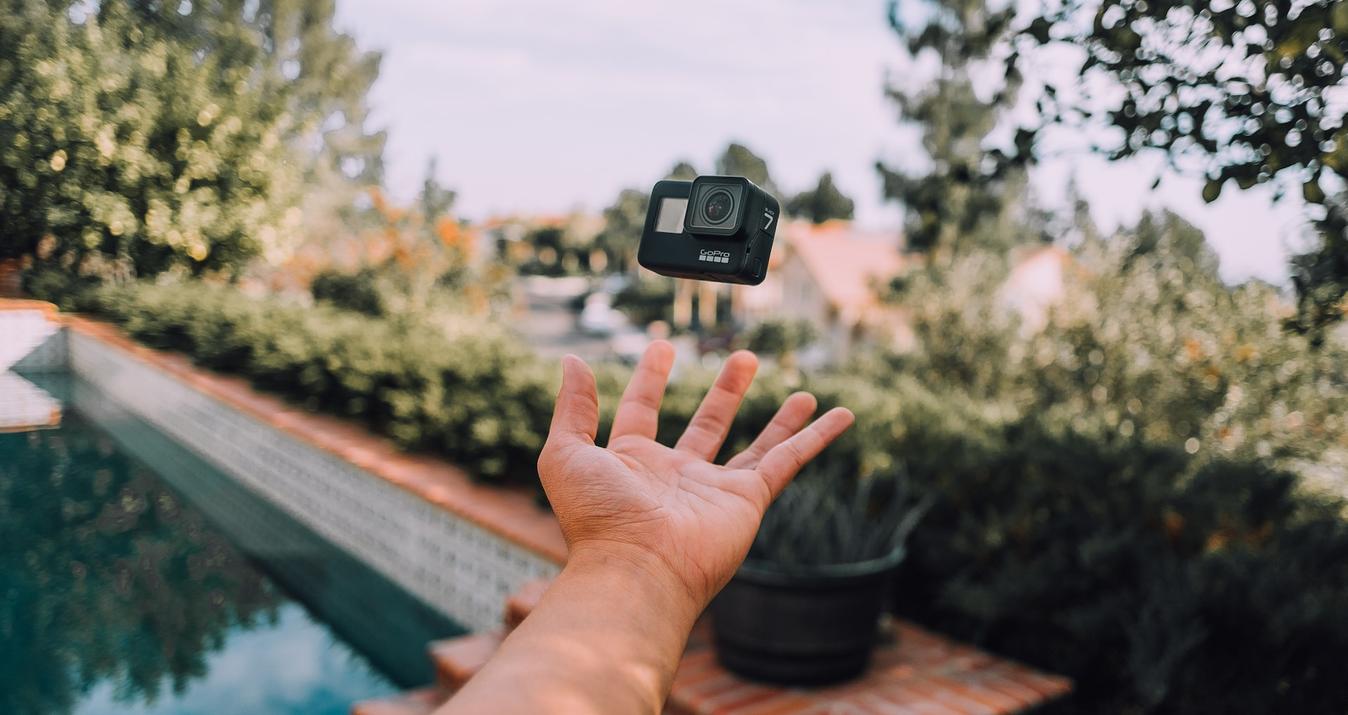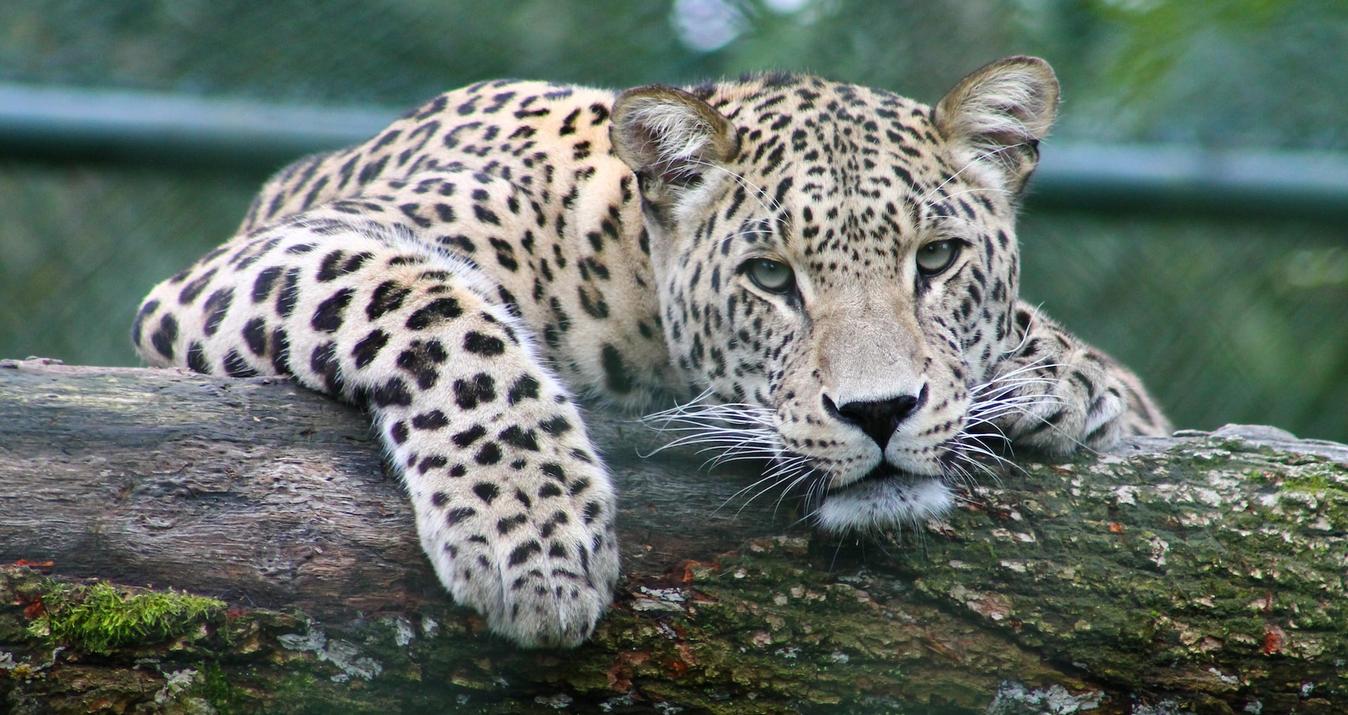Snapping a series of brackets may only be the start - enter the dreamworld with your HDR
Like everyone else on the planet, I love to look at stunning landscape photos. They can transport you away to a foreign land for a moment as you revel in their beauty. They can lead you to plan a trip, just to see a place that previously only existed in your imagination. And they can literally make you stop and say “wow”.
As a photographer, I also very much like to shoot landscapes. While I spend a lot of time photographing cities (which I also love), it’s hard to compare anything to shooting a beautiful landscape somewhere. A remote location with the beauty of Nature all around you is pretty hard to beat. You can experience the quiet and stillness of somewhere that is isolated, and it feels like you are the only person in the world. Mountains, rivers, waterfalls and more - a landscape photo is hard to beat.
One thing that I often see people doing with their HDR landscapes is using the power of HDR to fully light up the scene and create intense details. The light is balanced and the shadows are exposed, and you can literally see across the entire image - and it’s very sharp. That’s the power of HDR, and it’s awesome.
But personally, I really enjoy seeing an HDR landscape that leaves a little to the imagination. Sure, you can light up the whole scene thanks to HDR, but perhaps consider NOT doing so. Leave some of the shadows shadow-y, and let the viewer figure it out on their own. Soften the details a bit. Make it a little dreamy.
I find these sorts of scenes incredibly powerful.
Maybe I just like a little mystery, but when I come across a scene that is not totally exposed, and there are little pockets of darkness and mystery, I love it. It does let my imagination go a little wild, which is a good thing since this is art. I want my imagination to get involved!
I feel like these sorts of scenes leave the viewer wanting more, feeling a sense of mysteriousness, and causing them to be a bit more intrigued. A dreamy HDR implementation of a landscape calls to mind a fantasy novel, like Rivendell in the Lord of the Rings books. It’s a bit moody and often comes across as mystical and magical. They can be beautiful.
So today I will process a photo with the idea being to create a bit of a dreamy HDR landscape, with shadows purposefully implemented and a muted use of HDR to create additional interest and drama.
I will stack multiple presets to get my desired look, and also make some targeted brush adjustments. It’s going to be fun, come along!
Let’s get started!
We will use this set of brackets, which I captured in the mountains of New Mexico. It was a cloudy day - perfect for HDR - and I made sure to get both a good light exposure and a good dark one.
After they are merged, I am presented with this base HDR image in Aurora:
It’s a pretty flat image, with really nothing that pops off the screen. But that’s ok, because that is how I want my HDR to look when I get started. It’s like a blank canvas for me to build my creation upon. It’s also very well-lit, but we will change that up a bit shortly.
The first thing I do is go and grab a preset and apply it to the base image. If you aren’t yet familiar with Aurora HDR software, to get a preset you click on the word Presets at the bottom right of the screen (it’s aqua blue in color) and it will open a menu. You cycle through and find what you are interested in and click to apply.
In this case, I have chosen the Realistic Neutral preset and applied it at 100% across the entire image. It’s a subtle change but it’s good for the base layer.
Next, I add a layer and apply the Landscape Deep preset to it. To add a layer, just click on the + sign (also in aqua blue) in the upper right, next to the word Layers. This will create a new layer, and you can then name it whatever you want to name it. I generally choose to name it based on what I intend to do on that layer, so I named this layer after the preset I am using.
Note that for this layer, I reduced the opacity to 35%. At 100% it was WAY too saturated and “over-the-top” looking for what I am trying to accomplish here. That’s one of the great things about Aurora - you can quickly add layers and presets but increase or reduce their effects by changing opacity. It just takes a few seconds!
Now, it’s time to add another layer, so once again click on the + sign to add the layer, and for this one I chose the Landscape Soft & Airy preset. For this layer, I reduced the opacity to 50%. This softened up the details a little bit, which is in line with my vision for the photo.
And once again, I add ANOTHER layer with another preset. This time, I chose Realistic Dreamy and applied it at 30% across the entire image. I am a big fan of this preset and use it on a lot of my images. It also softens up the details a bit, and if you compare the image now to the starting point, you will see it is very different.
However, there are a couple of things we need to correct now, to get us moving more in line with a “dreamy landscape” look - the colors and tones are off. We need to reduce the saturation and the brightness of the image substantially, so that is the next step.
So I create a new layer, but instead of a preset, I am going to make slider adjustments using the right-hand menu panel. I have named this layer Tones & Colors as a reminder to me of what this layer is focused on.
To make this easy for myself, I just start at the top menu, Tone, and work my way down from there. As you can see in the Tone menu, I reduced Highlights and Whites significantly, with a small reduction in Midtones. This darkens the image a bit.
Next, I move to the Color Menu, where I reduce Saturation and Vibrance while making minor changes to Temperature and Tint. I tend to experiment with Temperature and Tint in a lot of my photos. I am always surprised at what a huge impact it can have on the photo. It can significantly alter the mood.
Then I made some minor adjustments to Top & Bottom Lighting, which helped to darken the image slightly. From there, I moved down to the Color Filter and reduced the Saturation and Luminance of the green.
One last step on this layer, which was to add a slight vignette.
Once again, if you look back at the base HDR image, you will see we are getting much closer to a dreamy HDR landscape implementation here. Just a few more steps and we will finish!
One thing that I believe adds to the dreamy quality of an image is the absence of intense and sharp details. So the next step is to add another layer, and entitle this one DeNoise, since that is how we are going to remove them. I opted to keep the current level of detail in the mountains, but I want the water and sky to be really smooth.
So, I move the DeNoise sliders to my liking, and then paint over the image where I want that effect to occur - the sky and water. Here’s the mask:
Here is the image with the mask hidden. You can see the sky and water are smoother now.
After all of that, I decided that one more preset would be useful here, selectively applied. So I created another layer and will use the Realistic Dreamy preset again. I named this layer Realistic Dreamy2 since it is the second time I am using that preset.
However, in this case, I just want the preset on the mountains and their reflections, to give it a little more drama. Also, note that the opacity setting for this layer is 30%.
Here’s the mask I painted onto the portions of the image I want to adjust:
And of course here is the image after making those targeted adjustments:
Normally, I would consider this image finished, but there are a couple of things that bother my about it - namely, the person and the little building on the left side of the lake. I want to remove them, and that’s easy when you use the Creative Kit from Skylum. (I also remove some spots in the water.)
I can quickly pop over to Snapheal and get this done in no time. Just click on the forward arrow in the upper menu, and choose Snapheal.
Since this isn’t a Snapheal tutorial, I will just show you a couple of quick things here. Once your image has landed in Snapheal, just use the brush to paint over anything you would like to remove. You will see red paint on top of wherever you brushed.
Then choose your Erasing Mode (I chose Local) and your Precision (I chose Highest), and hit the big Erase! button. It’s really that easy.
While it performs its magic, you are treated to bits of trivia that you can use to impress your friends at parties.
Here is the photo after a few seconds of Snapheal performing it’s magic:
The spots in the water are gone, and there is absolutely no trace of the person or building left - it really is magic! I love Snapheal - it’s easy and powerful.
But of course, I noticed one other thing that needs to be fixed - the image is slightly crooked. Luckily, I can also fix that right here in Snapheal (and could have also done it in Aurora, had I noticed it then). Just click on the little scissors icon in the top menu, and you will get this screen:
You just move things around until they are to your liking, then hit the big Crop button with the green check at the bottom. Finally, we are left with this:
To save your image, just click on the forward arrow icon in the top left, and choose Save Image As. Note you could also share to popular social sites, or open in another Skylum Creative Kit product if you wanted to further adjust it.
But, I will stop there and spare you any more screenshots. ;-)
Here’s the final image:
So what did we do today? Well, we took a fairly flat and lifeless HDR photo and turned it into a dreamy HDR landscape. We reduced the saturation and details significantly to create a muted, dreamy interpretation of the scene. We accomplished this by using multiple presets across several layers, plus a couple of layers for targeted brush adjustments, and then moved over to Snapheal for some object removal.
While this might be a long read, in real processing terms this is maybe 10-15 minutes of work. The biggest part of that is experimenting with presets to get the right look. While I don’t always use this many layers on my HDR creations, it’s great knowing that you have the option to do so if you are inspired to create a specific look with your photo.
Create dreamy landscapes with Aurora HDR Pro.
Experiment, have fun and create your own masterpieces with the power of Aurora HDR.
Thanks for stopping by and let me know in the Comments field below if you have any questions!
A Special Perk for Our Blog Readers
Get a 10% discount on Luminar Neo and dive into professional photo editing today!
Thank you for subscribing.
Your gift is waiting in your inbox!











